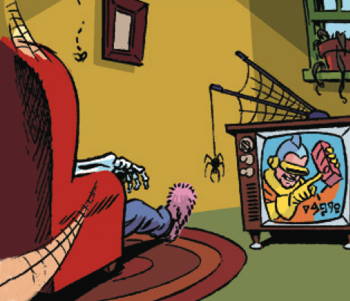September 2021
September 15, 2021
Gee Geronimo the Snail
I'm not aware of many famous snails. Gee Geronimo, as far as I know, may be the only one. Back in the 1970s, the Guinness Book of Records declared him to be the world's biggest snail. His owner was Christopher Hudson. Gee Geronimo died in 1976.
Christopher Hudson with Gee Geronimo
source: 1978 Guinness Book of Records

Connellsville Daily Courier - Nov 27, 1976
Hudson was apparently more in love with his snails than he was with his wife.

Honolulu Advertiser - Feb 4, 1977
Posted By: Alex - Wed Sep 15, 2021 -
Comments (4)
Category: Animals, World Records, Marriage, 1970s
Two Milk Trucks


Posted By: Paul - Wed Sep 15, 2021 -
Comments (0)
Category: Motor Vehicles, Advertising, Twentieth Century
September 14, 2021
Miss Gum Spirits of Turpentine
According to the archives of the American Turpentine Farmers Association, the first 'Miss Gum Spirits of Turpentine' was crowned in 1940 at the ATFA annual convention.New Miss Gum Spirits of Turpentine continued to be crowned for over half a century. I'm not sure exactly when the contest ended (I'm assuming it has because I can't find any info about recent winners), but it continued at least into the 1990s.
The Georgia Museum of Agriculture reports that it has a traveling exhibit of portraits of the Miss Gum Spirits of Turpentine winners dating from 1946 to 1961. They have a brief slideshow on their Facebook page with some of these pictures (they're the color ones below). And I've added photos of a few other winners.

"Miss Gum Spirits of Turpentine Winners," Undated
source: American Turpentine Farmers Association
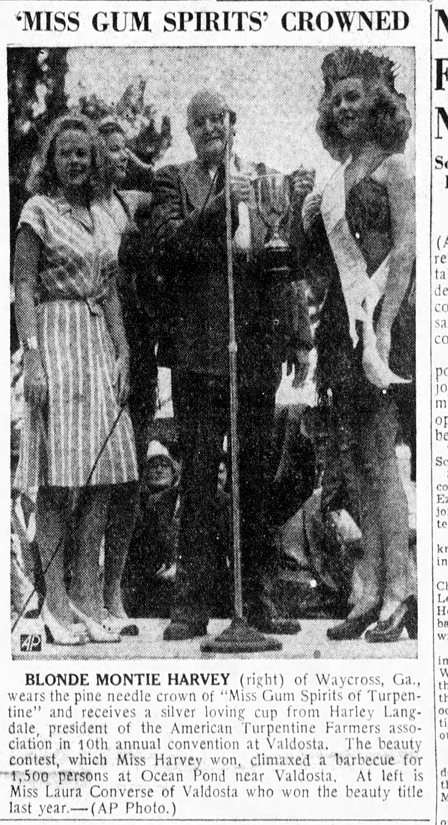
Miss Gum Spirits of 1946
The Columbia Record - Apr 20, 1946
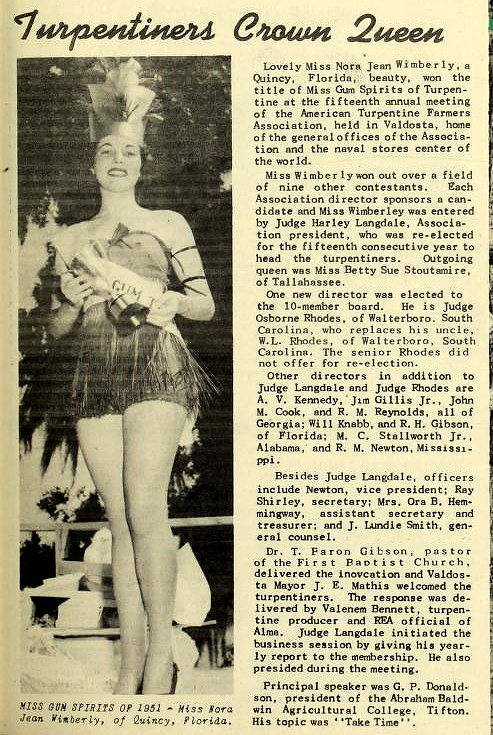
Miss Gum Spirits of 1951
image source: Walter J. Brown Media Archives Blog

Miss Gum Spirits of 1956
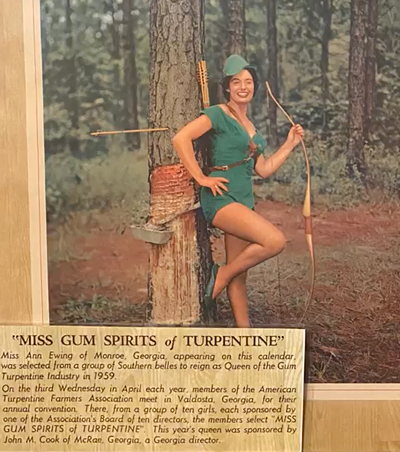
Miss Gum Spirits of 1959
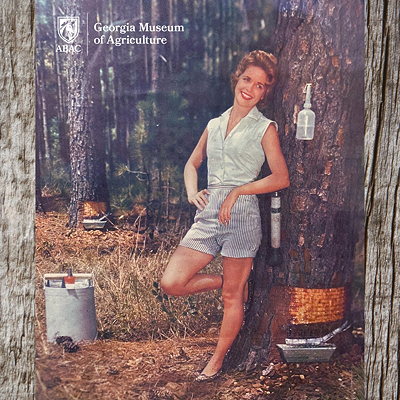
Miss Gum Spirits of 1961
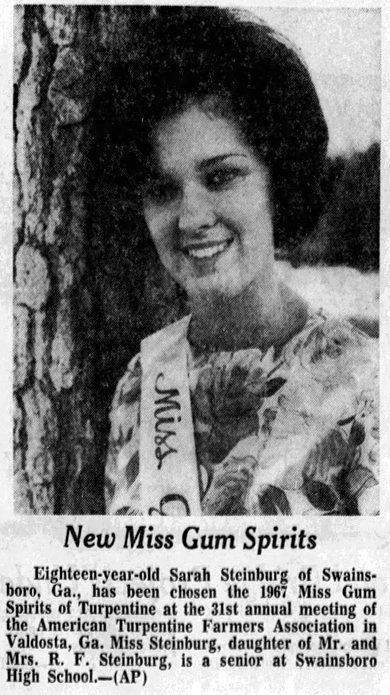
Miss Gum Spirits of 1967
The Tampa Tribune - Apr 21, 1967
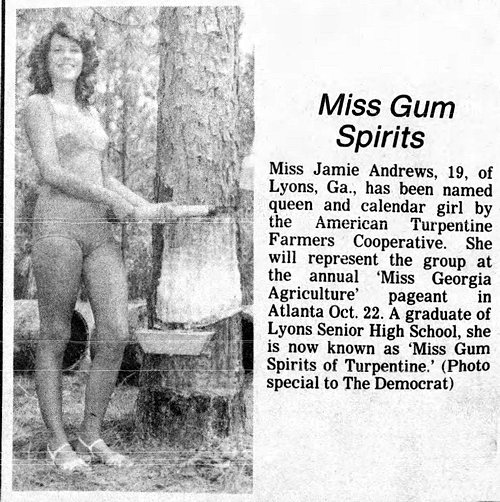
Miss Gum Spirits of 1976
Tallahassee Democrat - Sep 15, 1976
Posted By: Alex - Tue Sep 14, 2021 -
Comments (2)
Category: Awards, Prizes, Competitions and Contests
The Perma-Lift Line of Undergarments
I'm surprised no one has revived this trade name.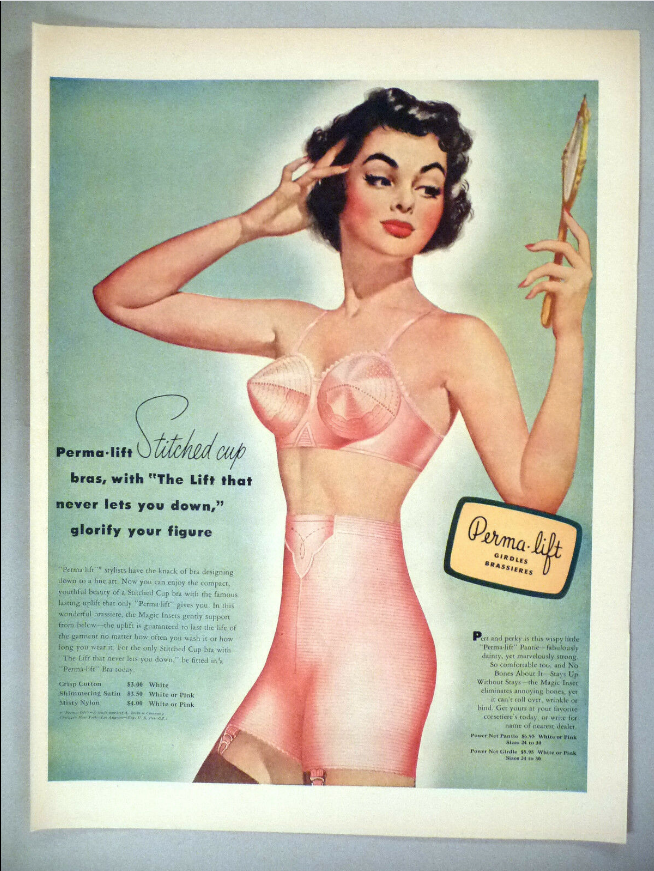
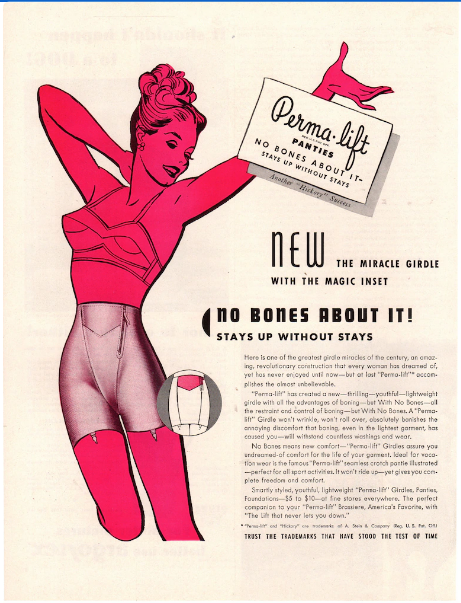


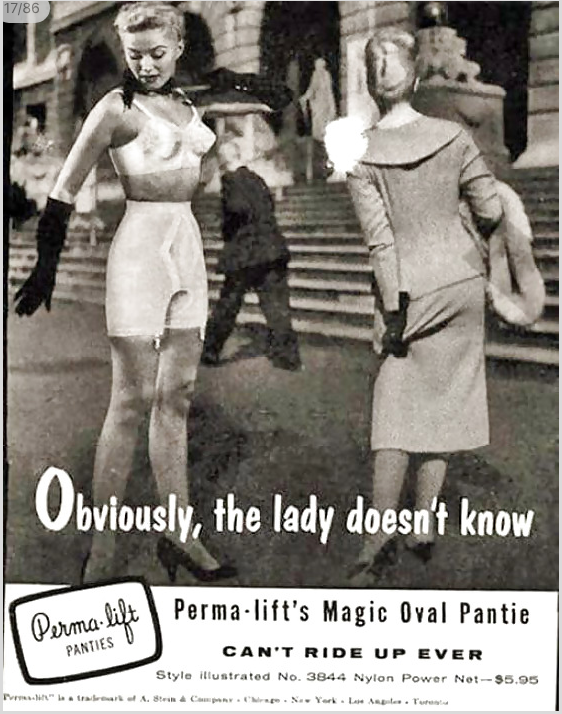
Posted By: Paul - Tue Sep 14, 2021 -
Comments (4)
Category: Advertising, Underwear, Twentieth Century
September 13, 2021
Aluminum Al
In 1952, scientists at the General Electric Research Laboratory in Schenectady created the aluminum version of a Chia Pet. They called him "Aluminum Al".Source: Google Arts and Culture

Posted By: Alex - Mon Sep 13, 2021 -
Comments (1)
Category: Science, 1950s, Hair and Hairstyling
Ameta
I like the tornado effect towards the end.
Posted By: Paul - Mon Sep 13, 2021 -
Comments (0)
Category: Entertainment, Dance, Special Effects, 1900s
September 12, 2021
Pierre Cardin’s Moon Dress
Pierre Cardin unveiled this dress in August 1969, immediately following the first moon landing.It doesn't seem like it would have been possible to sit down while wearing it.

Central New Jersey Home News - Aug 31, 1969
Posted By: Alex - Sun Sep 12, 2021 -
Comments (4)
Category: Fashion, Spaceflight, Astronautics, and Astronomy, 1960s
Follies of the Madmen #515
Either an eensy-teensy chopping block and cleaver, or a very large can of tuna.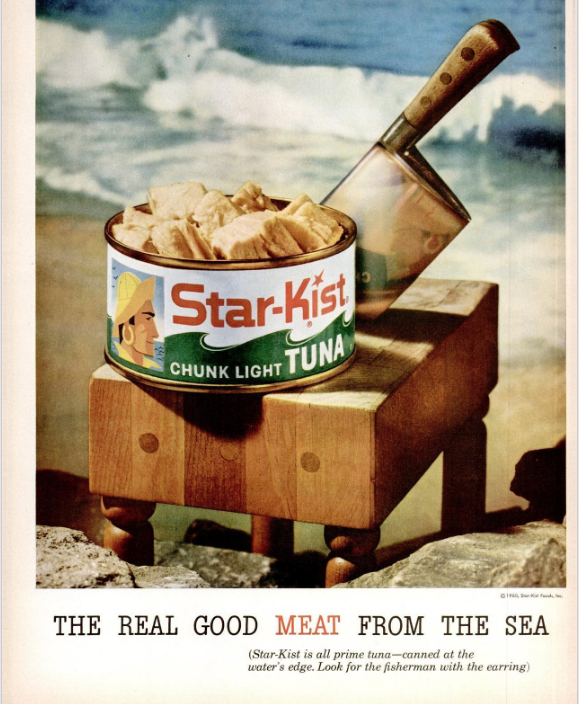
Source.
Posted By: Paul - Sun Sep 12, 2021 -
Comments (2)
Category: Business, Advertising, Enlargements, Miniatures, and Other Matters of Scale, Food, Oceans and Maritime Pursuits, 1960s
September 11, 2021
Grant’s Negative Incentives
As Grants department store lurched towards bankruptcy in the mid 1970s, its senior management instituted a program to motivate store managers to meet sales goals — with a particular emphasis on trying to get more customers to sign up for credit accounts. This program involved using "negative incentives," which was a euphemism for publicly humiliating managers whose employees didn't meet sales goals. Details from Leadership Theories and Case Studies by Garry Wade McGiboney:Stories of the company's focus on outrageously negative motivation seemed exaggerated, but court documents from bankruptcy hearings confirmed the stories. At the time, W.T. Grant's bankruptcy was the second largest in business history...
The negative motivation led to store managers threatening and intimidating their store employees to the point that they were giving credit to almost every customer without any effort to discern if the customer had the means to pay the credit card bill. This negative-based practice spiraled out of control and eventually put the company in debt of over $200 million in unsecured credit.

According to newspaper reports from the time, one store manager was forced to walk around a hotel lobby dressed only in a diaper. Another was thrown into a blow-up swimming pool full of ice.
And sometimes these humiliations were forced upon store managers even if their employees met sales goals, because the company executives "believed it would somehow motivate employees if they saw the boss suffer some indignities." So really, whatever the managers did, they were going to be humiliated.
Posted By: Alex - Sat Sep 11, 2021 -
Comments (1)
Category: Business, 1970s
USA-Issued “Explosives and Blasting Procedure Manual”
Despite a Federal history of discouraging DIY explosives handbooks, the OFFICE of SURFACE MINING RECLAMATION and ENFORCEMENT is happy to host their own explosives guidebook online.Read it here.
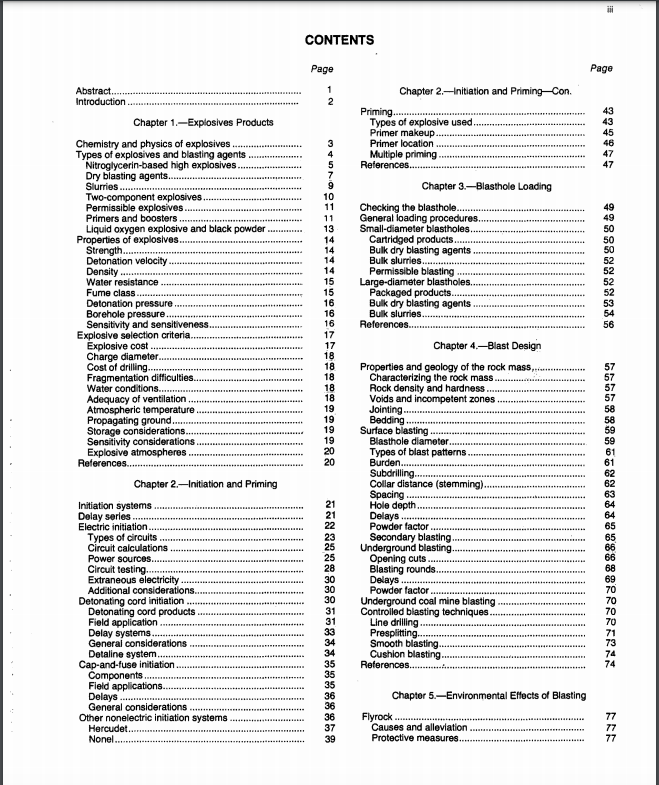
Posted By: Paul - Sat Sep 11, 2021 -
Comments (6)
Category: Explosives, Government, Hobbies and DIY, Industry, Factories and Manufacturing
| Get WU Posts by Email | |
|---|---|

| Who We Are |
|---|
| Alex Boese Alex is the creator and curator of the Museum of Hoaxes. He's also the author of various weird, non-fiction books such as Elephants on Acid. Paul Di Filippo Paul has been paid to put weird ideas into fictional form for over thirty years, in his career as a noted science fiction writer. He has recently begun blogging on many curious topics with three fellow writers at The Inferior 4+1. Chuck Shepherd Chuck is the purveyor of News of the Weird, the syndicated column which for decades has set the gold-standard for reporting on oddities and the bizarre. Our banner was drawn by the legendary underground cartoonist Rick Altergott. Contact Us |
